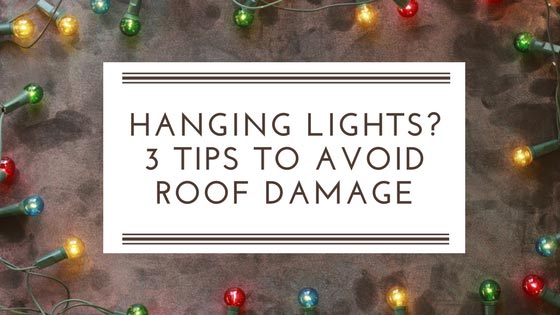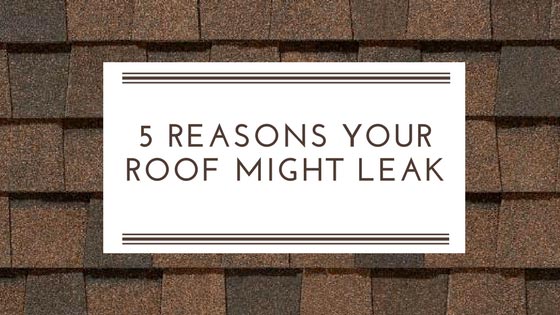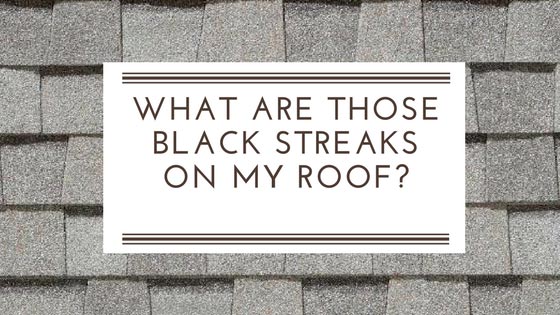Yes, your roof needs an annual checkup too!
It’s not very likely that you would wait 10 years between dentist appointments, is it? You shouldn’t wait years to give your roof a checkup either. At a minimum, your roof needs an annual inspection to ensure that it is in top-performing shape to protect your home from water intrusion.

With the Georgetown, Texas storm season on the way, now is the time to give your roof a thorough checkup and address any issues now, before the wind, hail and driving rain hits.
Here are some tips for giving your roof an annual inspection.
Exterior
- Perform your inspection from the ground, or through a window where portions of the roof might be visible. A pair of binoculars can help you spot areas in need of attention.
- Check gutters and keep them clear of fallen leaves, pine needles, twigs, etc.
- Look for shingles that may be cracked or curling – especially along hip or ridge lines.
- Look at the collars around pipes – are they cracking or rotting?
- How do the downspouts look? Are they dented, damaged or rusted? Be sure that upper level downspouts are not draining onto a lower roof surface.
Interior
- Are there water spots anywhere on the ceilings or walls?
- Climb into the attic and inspect the underside of the roof deck for water stains, rotting or deterioration.
Remember that you should never get on the roof – leave that to an experienced, licensed roofing professional. Many times, you could end up causing more damage or injuring yourself.
At Texas Traditions Roofing, our dedicated repair division will perform a free inspection to identify any areas that need to be fixed, providing you with photos, a detailed explanation an estimate for repair. We perform roof inspections and repairs in the Austin, Round Rock, Georgetown, Waco, Lakeway, Temple, Bee Caves and more.
Request your free inspection today!









